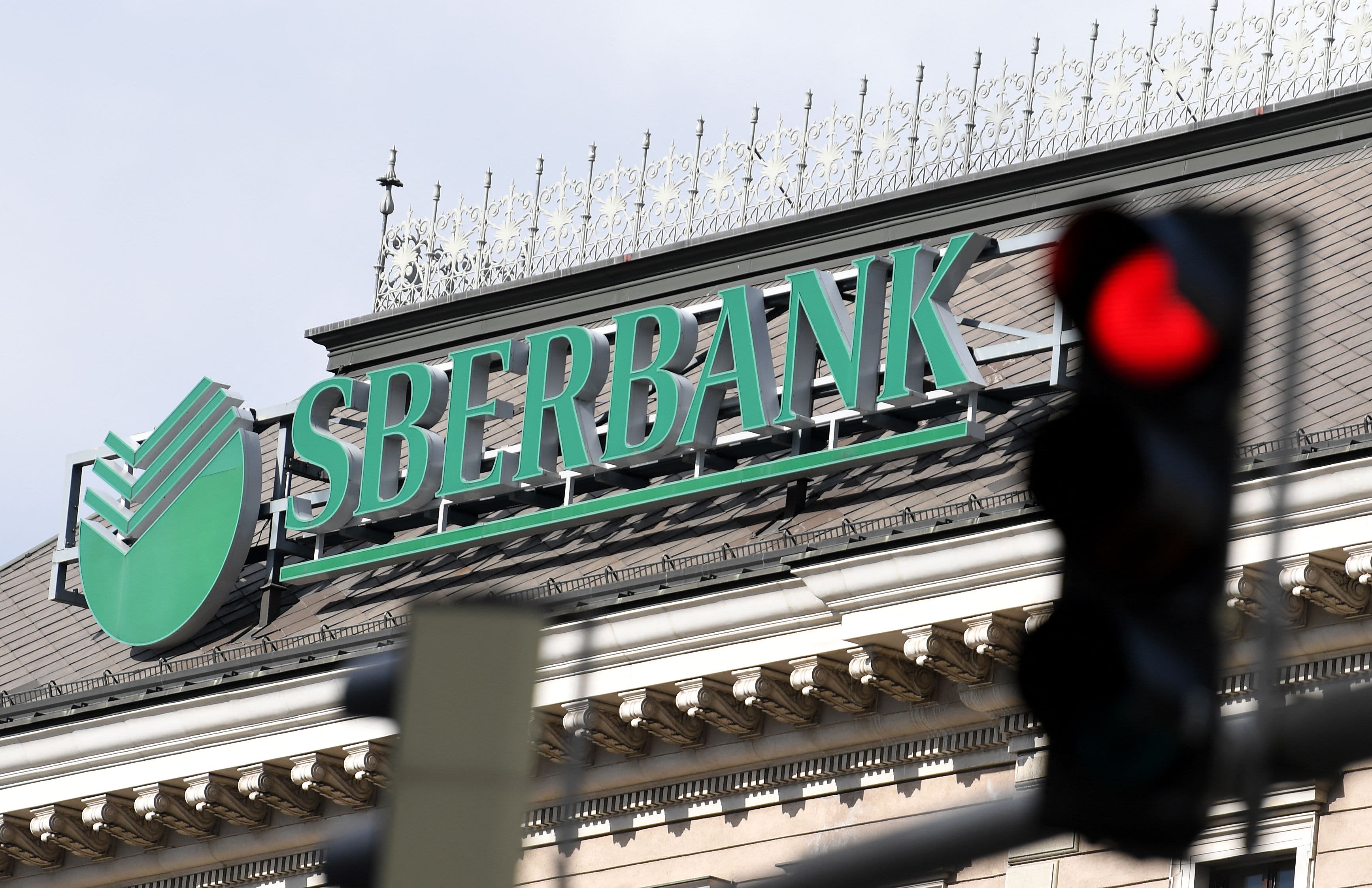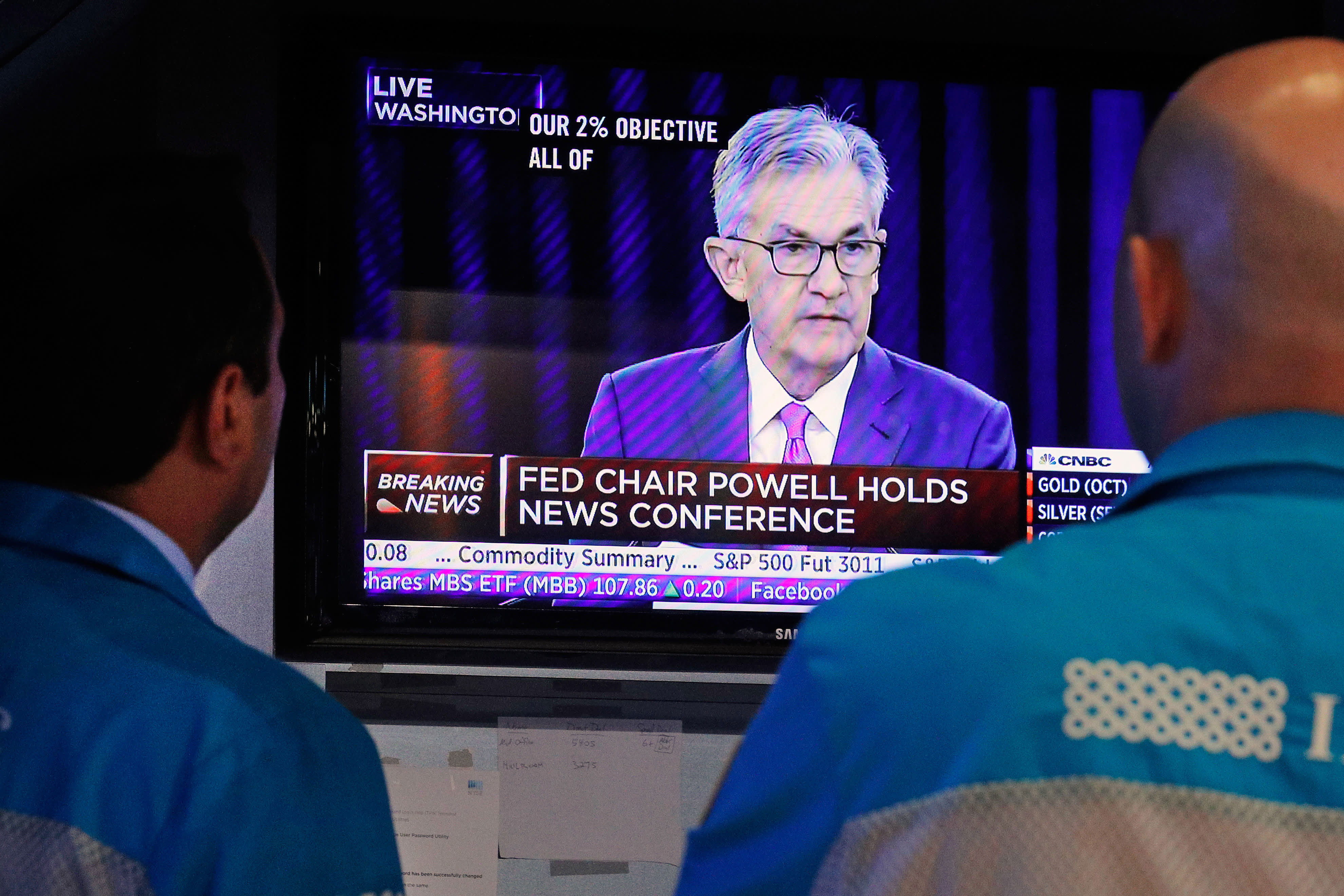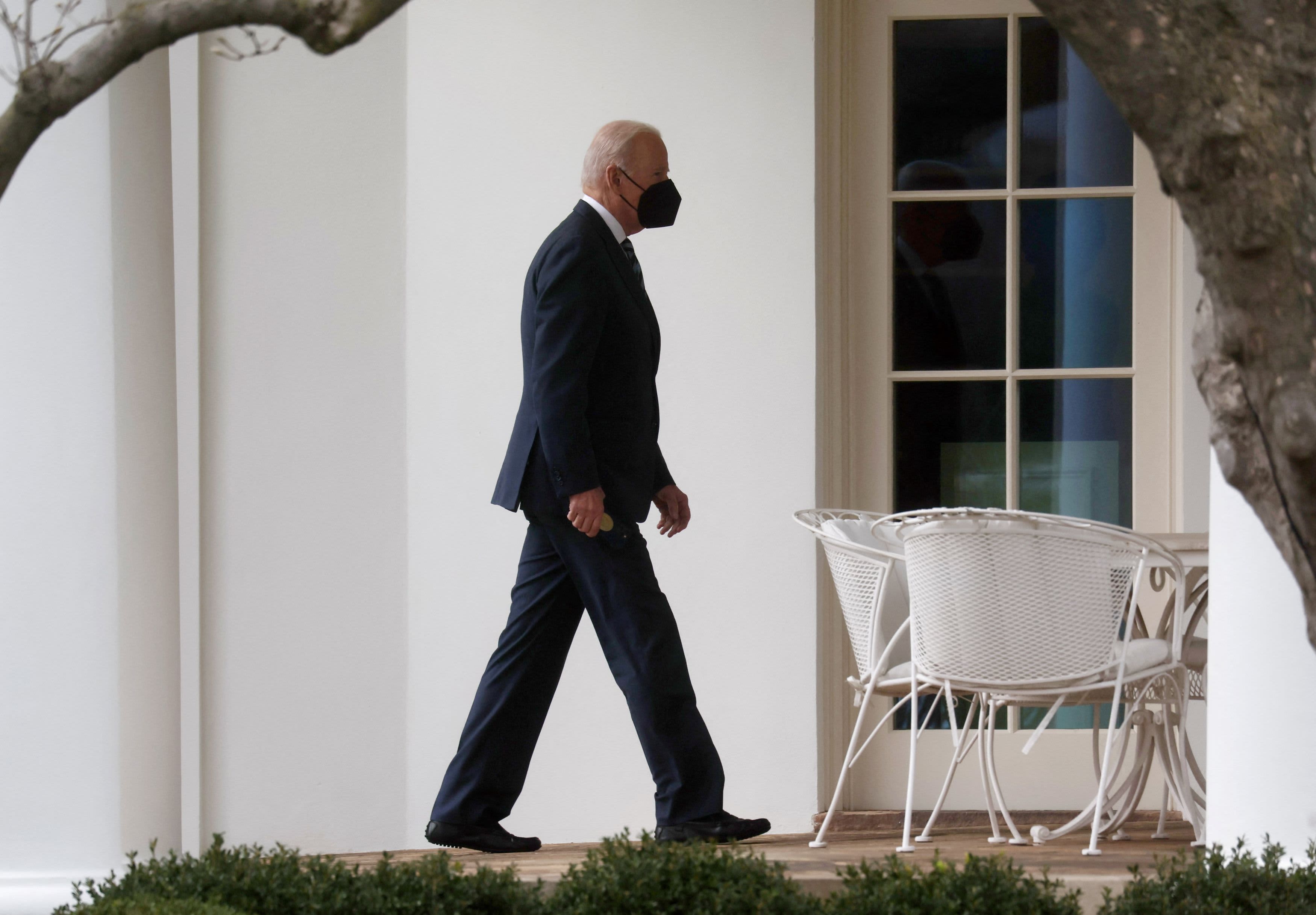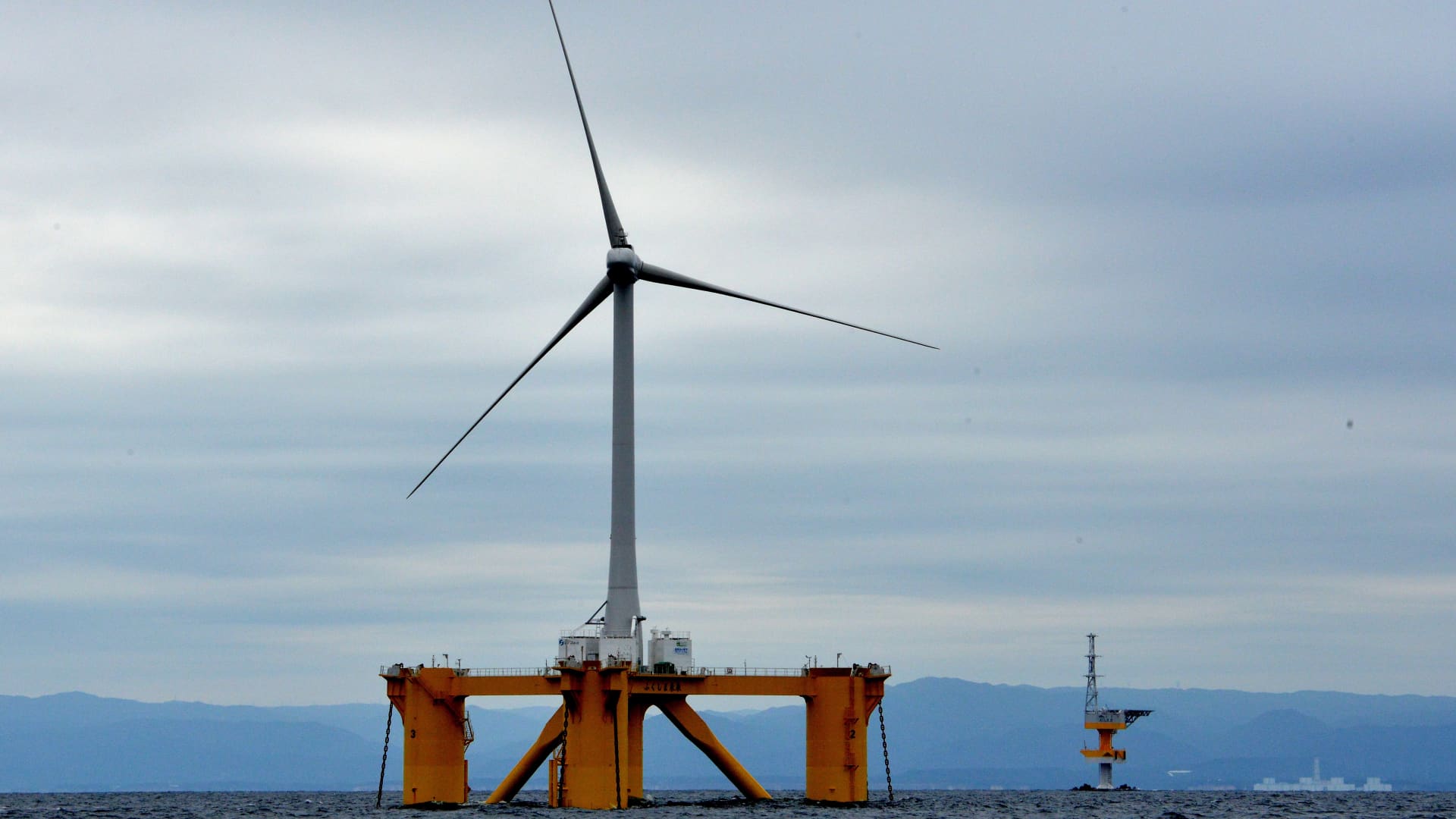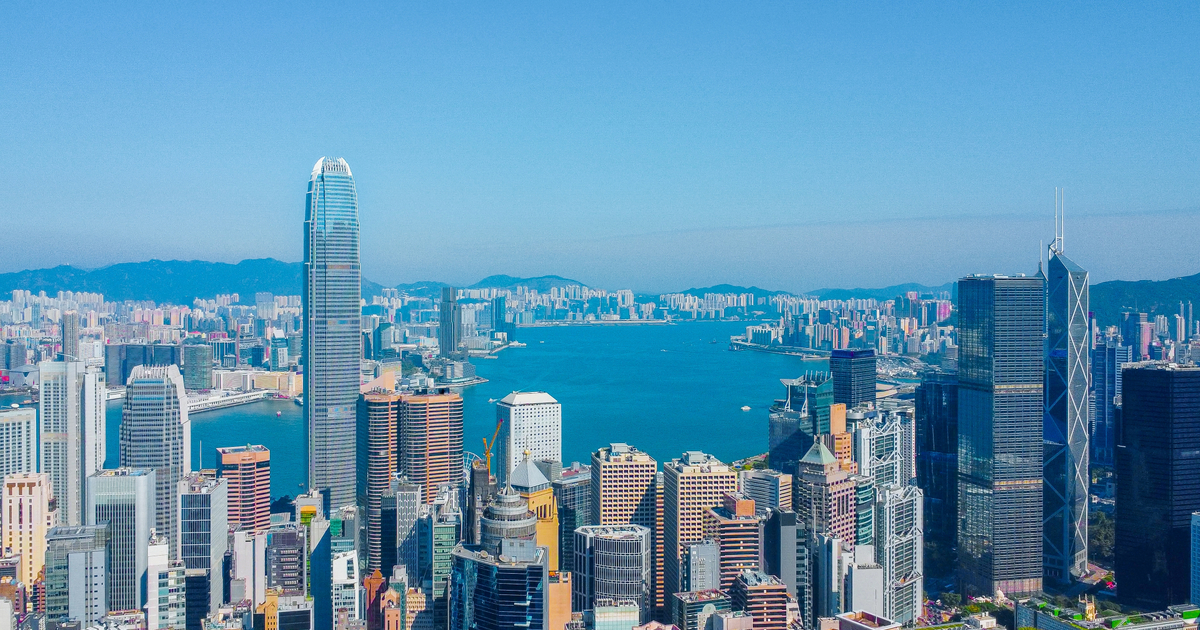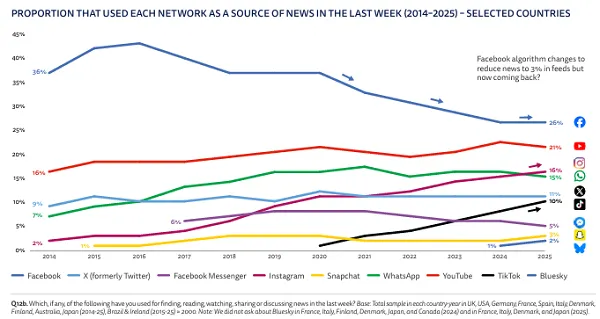China and India could become clean hydrogen leaders — but the industry has a long way to go, says CSIS
China and India have the potential to become world leaders in "clean" hydrogen, but the market is still in its infancy, said Jane Nakano, senior fellow at CSIS.

China and India have the potential to become world leaders in "clean" hydrogen, said Jane Nakano, senior fellow at the Center for Strategic and International Studies (CSIS).
"I think both China and India have potential to become major powers … not just as potential supplier and also exporters of clean hydrogen, but also [as] consumers [and] users of clean hydrogen," Nakano told CNBC's "Squawk Box Asia" on Friday.
However, Nakano observed that China, like many countries, is still producing and consuming gray hydrogen — a type of hydrogen derived from natural gas and produced from fossil fuels. It is the least renewable form of hydrogen.
Hydrogen has the potential to play an important role in tackling the climate crisis — the energy it creates produces no atmosphere-warming carbon dioxide. On the flipside, it is a leak-prone gas that can generate its own warming effect — in turn worsening the climate problem — if not managed well. "Clean" hydrogen is also expensive to produce and the industry is still in its infancy.
China is currently the largest producer of hydrogen at about 33 million tons a year, with the bulk of that produced from fossil fuels, according to a CSIS report.
Long way to go
Nakano said there's not much of a market for hydrogen at present, and that commercializing it will take a few years.
She said the transportation and steelmaking sectors are potential consumers, on top of industries that are hard to electrify and decarbonize.
However, she said widespread use is not yet a reality. "Most of the hydrogen is produced and conserved on the same site … there's virtually no trading, if any, it's really done in within small, small region."
"What we're seeing currently are much more of government-led initiatives," said Nakano, adding that countries like Australia, Japan and South Korea are engaging resource-rich countries in Southeast Asia such as Indonesia and Malaysia.
Nakano added that Australia is emerging as a major supplier and exporter of hydrogen, and plans to become one of the top three hydrogen-exporting countries.
Early this year, the country announced a clean hydrogen collaboration with Japan aimed at developing Australia's hydrogen export industry.
And according to a 2021 analysis by energy consultancy Wood Mackenzie, Australia and the Middle East have the greatest potential to be major exporters of green hydrogen.
Though Nakano said that Europe is at the forefront when it comes to commercializing hydrogen, she added that it could likewise take a while for the region to make that transition.
"There's still a long way to go, for better or worse," Nakano said. "Probably for worse from the climate mitigation perspective."

 Astrong
Astrong 








